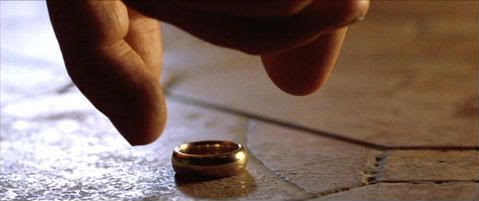On a purely emotional level my reaction is one of repulsion (shades of 'Island of Dr. Moreau') but logically I see no reason why such research should not be permitted.Green light for hybrid research:
Regulators have given scientists the green light to create human-animal embryos for research.
The Human Fertilisation and Embryology Authority granted permission after a consultation showed the public were "at ease" with the idea.
Experts said it was vital for research into life-threatening diseases.
Two centres, King's College London and Newcastle University, will now be able to begin their work under one-year research licences.
Any other centres wishing to do similar work will have to apply to the HFEA for permission, which will make a decision on a case by case basis.
Hybrids
Scientists want to create hybrid embryos by merging human cells with animal eggs in a bid to extract stem cells. The embryos would then be destroyed within 14 days.
The cells form the basic building blocks of the body and have the potential to become any tissue, making them essential for research.
At the moment, scientists have to rely on human eggs left over from fertility treatment, but they are in short supply and are not always good quality.
Critics say they are repulsed by the idea and there must be no creation of an animal-human hybrid.
They say it is tampering with nature and is unethical.
It is already illegal to implant human-animal embryos in the womb or bring them to term.
Go-ahead
Dr Stephen Minger and colleagues at King's College London want to create hybrids to study diseases known to have genetic causes - such as Alzheimer's disease, spinal muscular atrophy and Parkinson's disease.
And Lyle Armstrong's team at Newcastle University are hoping to use the technique to help understand how stem cells develop into different tissues in the body.
In the distant future this information may lead to scientists to be able to grow new tissues in the laboratory.
Dr Armstrong said: "Now that we have the licence we can start work as soon as possible.
"We have already done a lot of the work by transferring animal cells into cow eggs so we hope to make rapid progress."
John Smeaton, national director of the Society for the Protection of Unborn Children (SPUC), said: "The HFEA decision represents a disastrous setback for human dignity in Britain.
"The deliberate blurring of the boundaries between humans and other species is wrong and strikes at the heart of what makes us human."
Any thoughts?
http://news.bbc.co.uk/2/hi/health/7193820.stm

